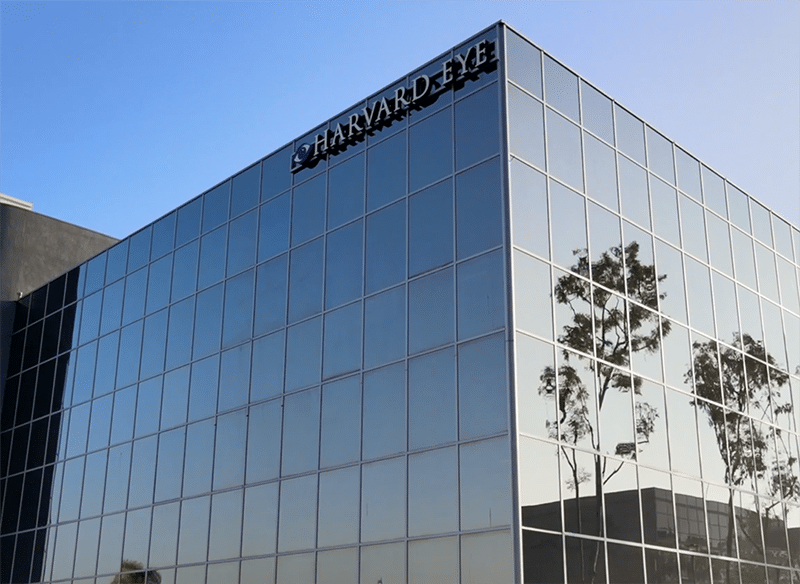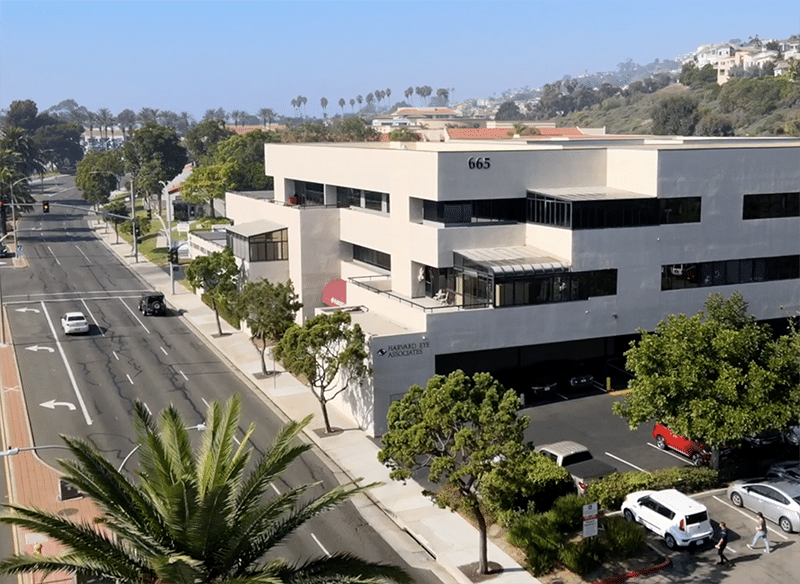 Today there are several refractive surgery options to correct myopia (nearsightedness), hyperopia (farsightedness) and astigmatism. LASIK and LASEK are popular forms of refractive laser eye surgery. Although these procedures are similar and have the same goal of correcting refractive errors to achieve clear vision, they do have some differences and are suited for certain patients depending on individual factors.
Today there are several refractive surgery options to correct myopia (nearsightedness), hyperopia (farsightedness) and astigmatism. LASIK and LASEK are popular forms of refractive laser eye surgery. Although these procedures are similar and have the same goal of correcting refractive errors to achieve clear vision, they do have some differences and are suited for certain patients depending on individual factors.
LASIK remains the most popular laser eye surgery, but for people who are not suitable LASIK candidates for various reasons, LASEK may be a better option. Like other types of laser refractive surgery, LASEK works by reshaping the cornea using an excimer laser, allowing light entering the eye to be properly focused onto the retina for clearer vision without eyeglasses or contact lenses. The fundamental difference in how LASIK and LASEK are performed concerns how the eye is prepared for the laser treatment:
During LASIK (Laser-Assisted In-Situ Keratomileusis), a circular “flap” is created on the eye’s surface using a microkeratome or a femtosecond laser surgical tool. This hinged flap is folded back to access the stroma and reshape the corneal tissue using an excimer laser. The flap is then returned to its original position and serves as a natural bandage, keeping the eye comfortable as it heals. The flap adheres securely without stitches, and healing occurs relatively quickly.
In LASEK (Laser-Assisted Subepithelial Keratomileusis), a much thinner flap is created and consists only of the corneal epithelium. After the laser treatment is finished, the epithelial tissue is repositioned on the surface of the eye to cover the lasered stroma, and a bandage contact lens is placed on the eye to keep the epithelium in place as it heals.
Generally, visual recovery after LASEK is significantly slower than after LASIK. Initial visual recovery can take up to a week with LASEK (as opposed to 24 hours in typical LASIK cases) and final outcomes can be seen anywhere from a few weeks to several months.
Both procedures carry similar risks of complications. Side effects can include vision disturbances such as:
- Blurry vision, halos and glare
- Significant overcorrection, under correction or regression which may require further surgery or reliance on eyeglasses or contact lenses for some or all activities
- Dry eyes
- Eye infection and irritation
Both LASIK and LASEK have high success rates and similar vision outcomes. Most people achieve 20/20 vision after laser eye surgery, and nearly all achieve 20/40 visual acuity or better.
After a thorough eye exam in Laguna Hills, the doctors at Harvard Eye Associates can advise you on the best type of laser eye surgery for your individual needs and requirements. To schedule a consultation, contact Harvard Eye Associates at 949-951-2020 or harvardeye.com.




